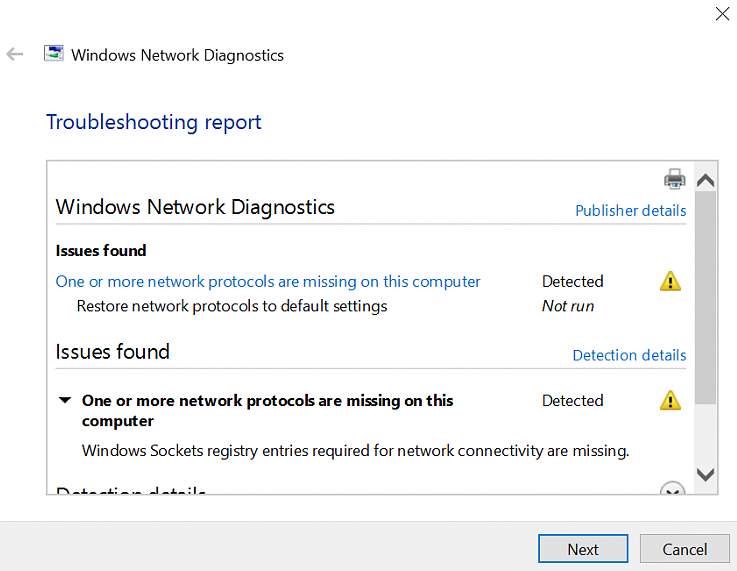
Many users with Windows 10 operating system are reporting to have problems with their network connections, be them WiFi or Ethernet connections. The network connection is on and off frequently without apparent reasons, and that the connection speed could go as far as only half of what it used to be. In some other cases, users are completely cut off from the Internet.
When running Windows troubleshooter, it tells you that One or more network protocols are missing on this computer. But the repairs provided here are of no help.
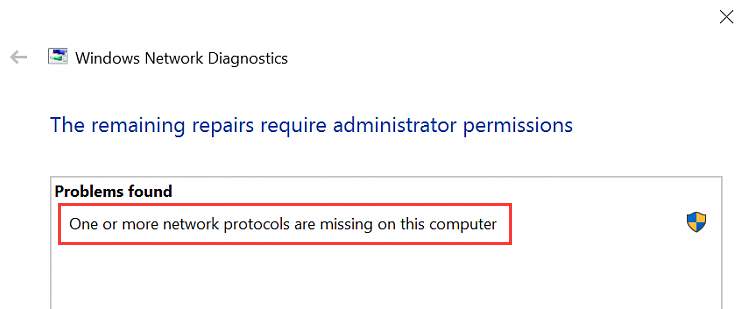
Don’t worry, all hopes are not lost. In this post, we will show you some of the most effective methods helping you tackle this headache totally by yourself.
Option 1: Run System File Checker Tool
Option 2: Reinstall TCP/IP
Option 3: Reset Winsock
Option 4: Assigning a Static IP Address
Option 5: Reinstall and Update Network Drivers
Other options
Option 1: Run System File Checker Tool
Microsoft support and other forums are saying that the cause of this problem could be faulty system files. So the first thing we try is to run the system file checker tool to see if it helps.
1) Press Windows key and X at the same time, then choose Command Prompt (Admin).
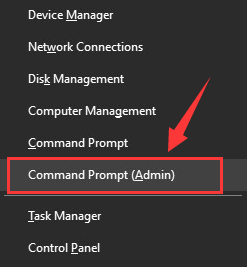
When prompted with the UAC, hit Yes to continue.
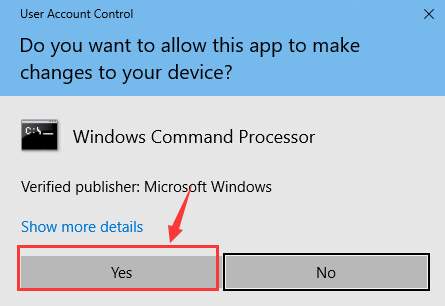
2) In the Command Prompt window, type in the following command:
sfc /scannow
Make sure that you have made no typo and hit Enter.
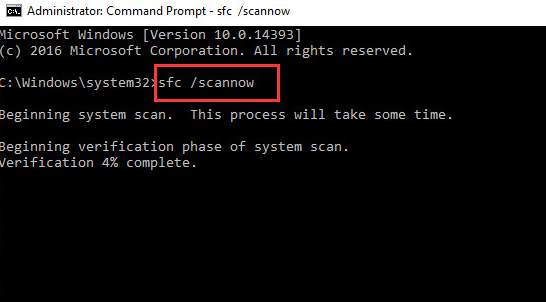
Leave the Command Prompt window on until the command completes.
3) If you see the message saying that Windows Resource Protection did not find any integrity violations, then everything is find with your system.

4) If you see a message saying Windows Resource Protection found corrupt files but was unable to fix some of them, then you need to go to safe mode and run the system file checker again.

Option 2: Reinstall TCP/IP
1) Press Windows key and X at the same time, then choose Network Connections.
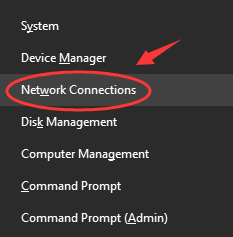
2) Right click the network adapter that you have and choose Properties. If you are using WiFi connection, click the network adapter accordingly and do the same procedures as follows.
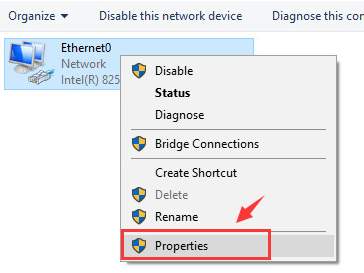
3) Click Install… button.
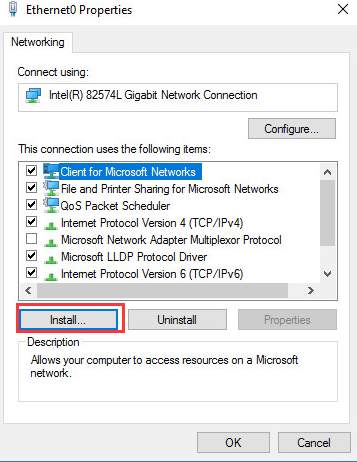
4) Select Protocol and then click Add….
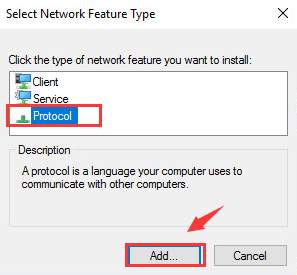
5) Select Reliable Multicast Protocol option listed here and then click OK to install the protocol.

Now try reconnect your Ethernet or WiFi to see if the connection problem is gone.
Option 3: Reset Winsock
1) Press Windows key and X at the same time, then choose Command Prompt (Admin).

When prompted with the UAC, hit Yes to continue.

2) In the command prompt window, type in the following command and hit Enter after you are sure that there is no typo made:
netsh winsock reset

You can type r to restart your PC now. Please make sure that you have saved all your important files and data.
Option 4: Assigning a Static IP Address
1) Press Windows key and X at the same time, then choose Network Connections.

2) Right click the network adapter that you have and choose Properties.

3) Select Internet Protocol Version 4 (TCP/IPv4) and then choose Properties.
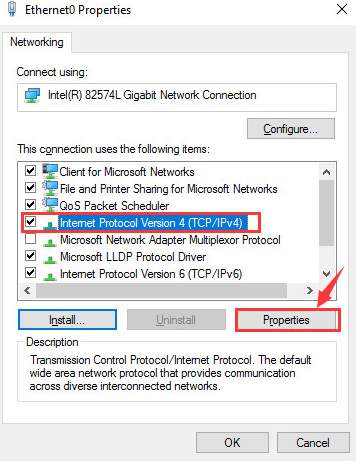
4) Make sure the option for Obtain an IP address automatically is chosen.
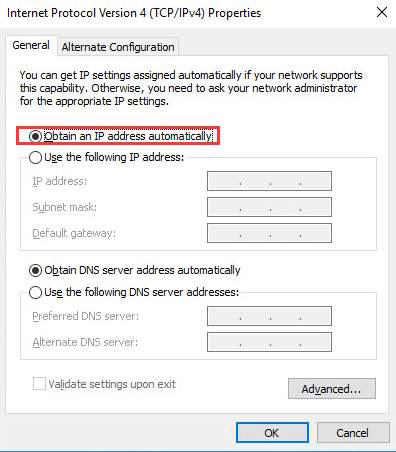
5) If the problem persists after this, select Use the following DNS server addresses and then fill in the address like the screen shot below. Please make sure that you have written down the original addresses here just in case you will need it someday.
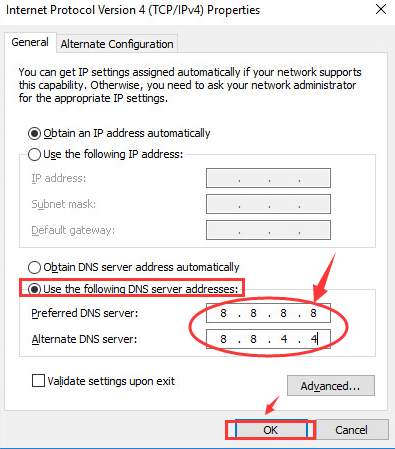
Then click OK to save the changes and try again.
Option 5: Reinstall and Update Network Drivers
When you go through all the options above but the problem persists, it is highly recommended that you try to reinstall or better, update your network adapters.
1) Go to the manufacturer website of your PC, then search for the correct version of the network adapter driver. When you find it, download it to a spot where it is easy to reach. Don’t double click to install it just yet.
2) Press Windows key and X at the same time, then choose Device Manager.
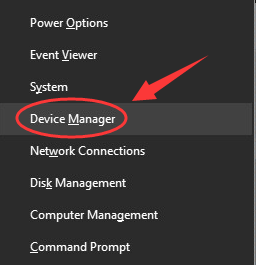
3) Click to expand category Network adapters. Then right click the wireless network adapter driver and choose Unisntall.
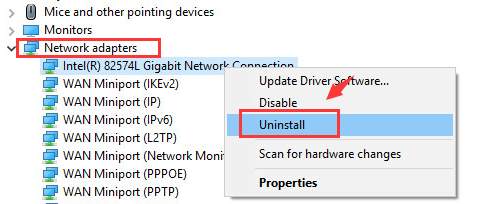
4) When prompted with the following notification, click OK to continue with the uninstall.
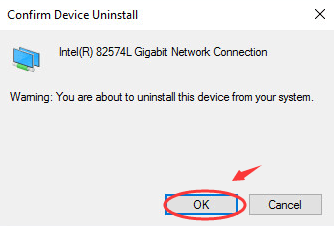
5) Now go to the file location where you save the downloaded files of your network adapter driver. Double click the setup file to run the installation.
6) If you are not sure how to search for and download the correct version of the network adapter driver for your PC, here is an easy alternative for you.
Download and run Driver Easy as instructed. Then click the Scan Now button in the middle so it can help you scan for needed device drivers.
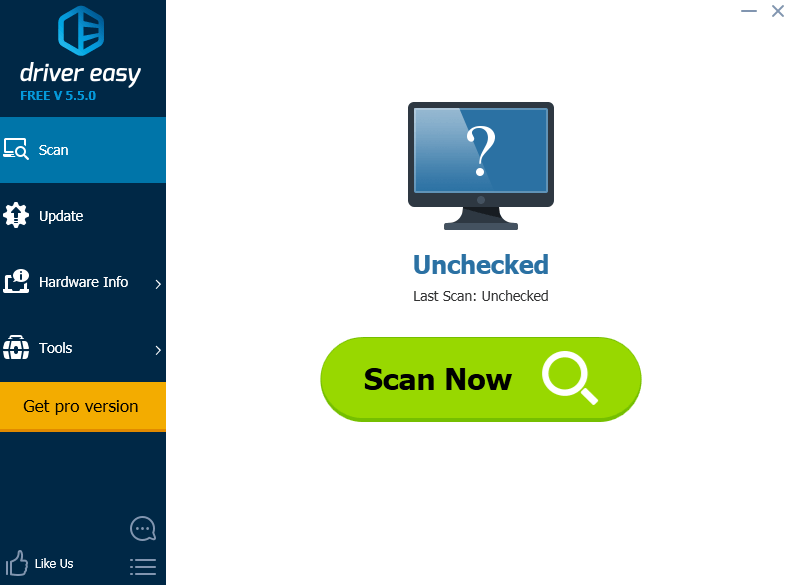
Then click the Update button on the bottom right corner to get your network adapter driver updated within minutes!
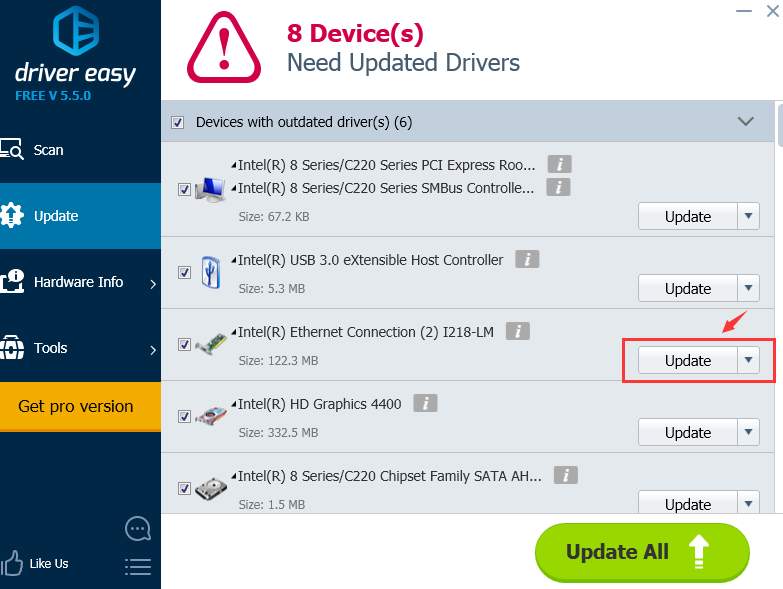
That’s it! Your network adapter driver is now up-to-date! The network problem that keeps bothering you is now gone for good.
Other options
The following methods have proven to work on some situations, but not all. If you still getting the error notification telling you that One or more network protocols are missing, then you might want to try them one by one.
1) Hard reset your wireless router and modem. If you have not done it yet, please have a try now. Hard resetting your router and modem could cause all you preferable settings and preferences going back to its default values.
2) Uninstall or update antivirus software. Some users find the cause of the problem lies in that their antivirus program stops them from connecting the Internet properly. So, please see if you can find a newer version of the antivirus software. If you can’t find it, please try uninstall the software temporarily to see if the problem is gone. If your network connection is back to normal, then your antivirus software is to blame and you should replace it with another one.
3) Disable Bluetooth feature. Some users find that their Bluetooth devices and WiFi are using the same 2.4 ghz band, which causes some conflicts.
Follow the path: Start button > Settings. On the left side of the pane, choose Bluetooth, then toggle the side bar to Off.






